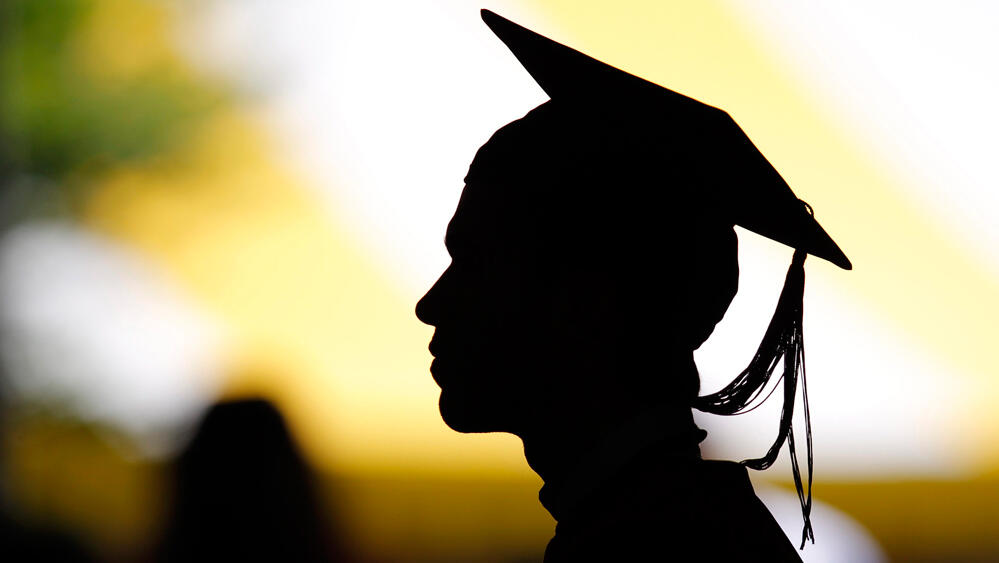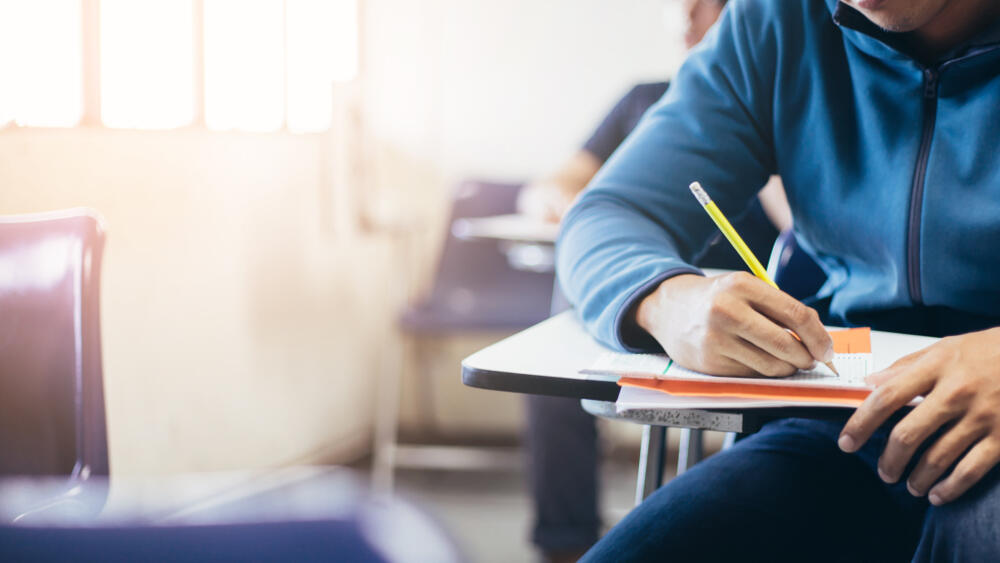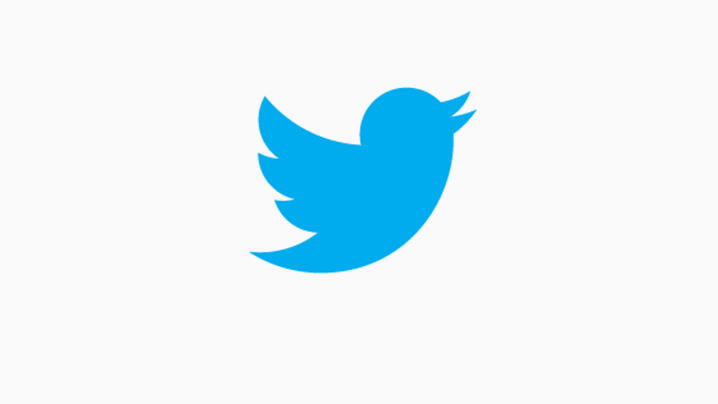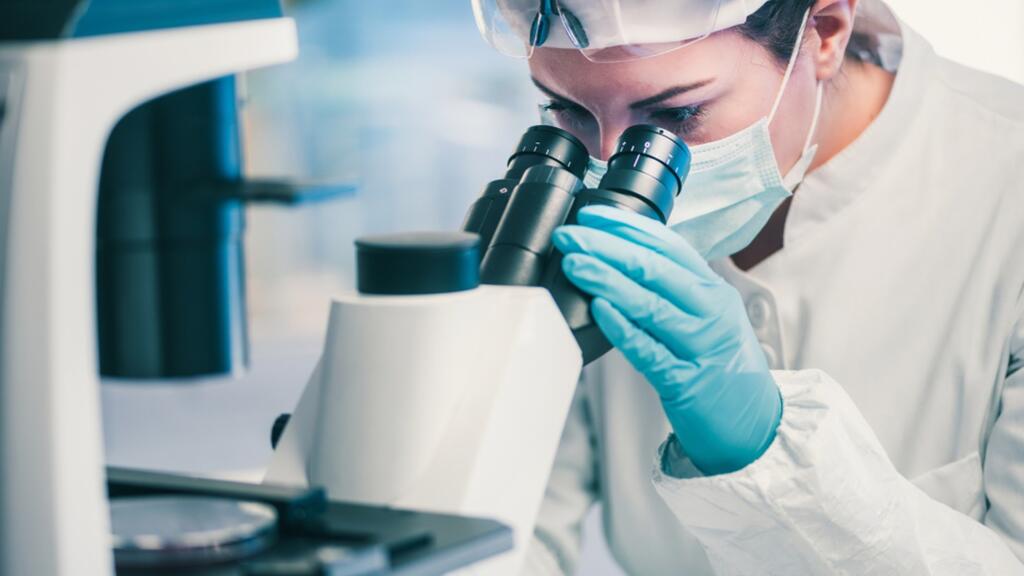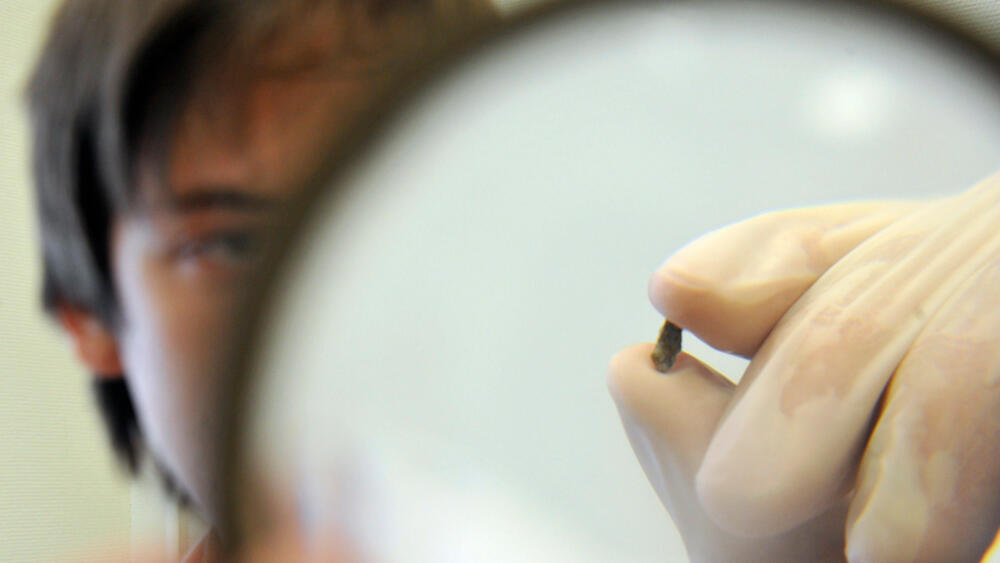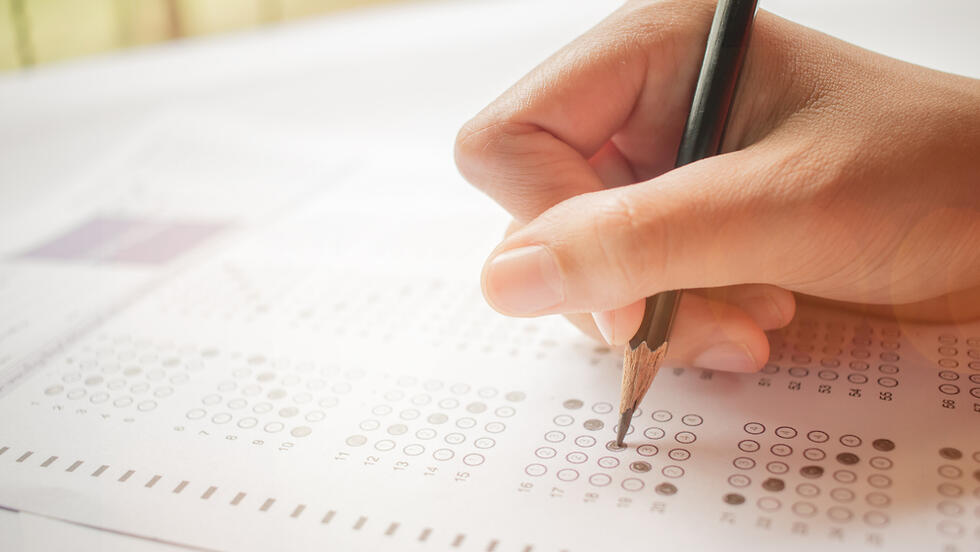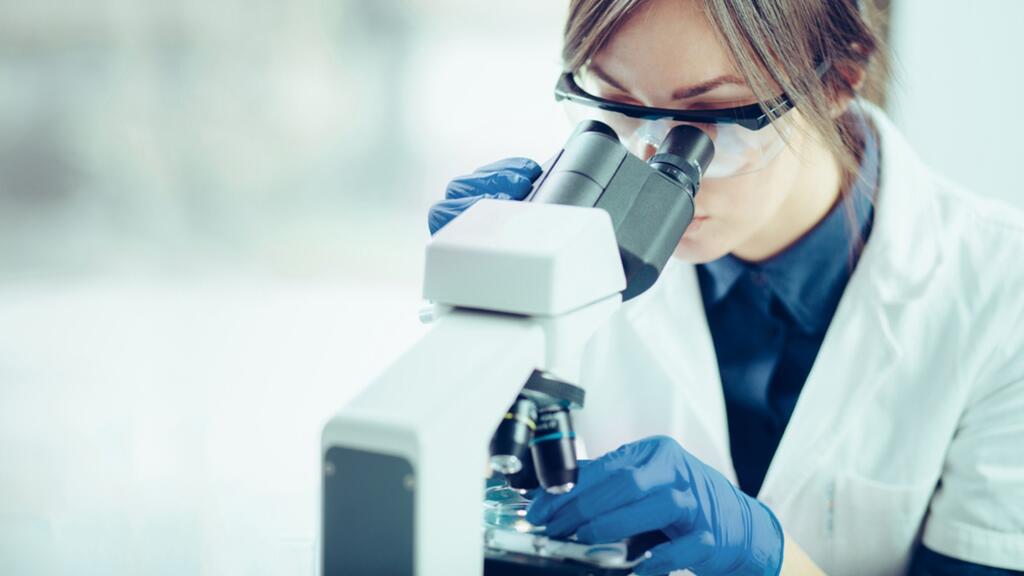Getting your Trinity Audio player ready...
From a young age we are taught that cheating and copying in tests and essays is forbidden. It starts with gentle warnings in elementary school, becoming highly reinforced during final exams in high school and moreover so in university.
This rule of ethics relies on the premise that copying is the same as stealing, and the ten commandments clearly state: “Thou shalt not steal”. However, just as there are those who challenge fundamental social understandings between fellow men, steal horses or counterfeit bills, there are also those who specialize in theft and falsification of scientific and academic research findings.
This phenomenon is probably as old as scientific writing, but it was only during the 19th century that it began receiving serious attention. Though it became significantly simpler in the digital age and with the development of the internet, vigilant and critical scientists have been able to capture such harm-doers and denounce them from time to time.
Several initiatives, designed to promote clarity and integrity in the system of academic publication, have been established over the years. The most prominent of these are the websites Retraction Watch, founded by “The Center for Scientific Integrity'', and PubPeer.com, an American non-profit organization that aims at conducting unmediated peer review.
In Germany, for example, recent decades saw the exposure of dozens of plagiarized PhD dissertations by local politicians, which ended with an investigation by the national academic authorities and in some cases resulted in the revoking of academic degrees.
In the United States, The Office for Research Integrity (ORI), established in 1989 by the government, oversees research integrity in the Public Health Service.
Almost every research paper in a scientific magazine is decorated with images and graphs, designed to demonstrate, visualize, emphasize and reinforce the research findings detailed in the paper.
While the above-mentioned initiatives deal with all types of plagiarism, theft and fraud in scientific publications, one researcher, Dutch microbiologist Dr. Elisabeth Bik, has become in recent years a world-renowned expert in the fight against the falsification and copying of visual findings, having long since abandoned her previous scientific occupation for a tenacious battle against this ugly phenomenon.
Bik started her career at Utrecht University, where she completed all three of her degrees. In her PhD thesis she dealt with the development of vaccines for new strains of the Vibrio cholerae bacterium, the cholera-causing pathogen, still widespread today in several third-world countries.
In 2001 she moved to the United States and joined David Relman’s research group at Stanford University, where she focused on study of the microbiome - the collection of microorganisms that carry out their life cycle on and inside the human body, or in other organisms, which was recently found to be highly significant for the body’s proper functioning as well as in certain diseases.
She demonstrated that the microbiome composition of mucous membranes is completely different from that of the intestines, and her paper on the subject was cited more than 8500 times in academic publications over the years. In addition, in a collaboration with the American Office of Naval Research, Bik studied the microbiome composition of dolphins and sea lions.
Her academic position appeared to be guaranteed and clear skies could be seen ahead. Until one day, in 2013, she stumbled upon an article about dishonesty, fraud, falsification and plagiarism in scientific publications.
”I read about cheating in science and plagiarism, and decided for fun to check if someone had ever plagiarized one of my papers” said Bik, in an email interview for the Davidson Institute website. “I put a sentence from a review paper that I had written myself into Google Scholar, between quotes. I had expected to only find my own paper, but by pure coincidence, I chose a sentence that had also been used in another paper”.
This event planted the seeds for Bik’s new life journey. ”That made me a bit angry, so I started scanning papers for plagiarism. Roughly a year later, while looking through a doctoral thesis that contained plagiarized text, I noticed a Western blot with a distinctive blotch that had been used multiple times to represent different experiments.
"I then started searching published papers to see how often images were reused to represent different experiments. It did not take long to find other examples, and I started searching for more. So I continued my search in the weekends and evenings - I was still full time employed at Stanford that time. In 2019, I decided to do this work full time”.
Bik, who left Stanford and returned to her homeland in the middle of the previous decade, defines herself today as a scientific integrity consultant, though in practice it would be more accurate to define her as an independent researcher who reveals her findings to the world by way of lectures, articles and, of course, tweets on her Twitter account, which, at the moment, has accumulated over 130 thousand followers.
Her main activity is carried out by scanning and comparing images using her eyes only, with no visual aids, which did not prevent her from going through more than 20 thousand scientific articles (!), most of them in the field of biomedical research. The findings are serious and alarming: she identified 800 articles that contained copied visual material. According to her, at least half of the copies were intentional.
Every young and knowledgeable researcher understands that plagiarism is something to be strictly avoided at all costs. Some of the higher education institutions even require students to take science ethics courses.
In addition, it is worth mentioning that in the field of Life Sciences, the path that an individual has to go through, from the moment they start their undergraduate studies to the time they receive an academic position, takes about 10-15 years.
Thus, the situation that Bik describes is relatively surprising, considering that it would be difficult to imagine an individual who would, in an instant, tarnish his/her reputation and professional status and the many years of effort it took to obtain them.
Puzzled by the extent of the phenomenon that keeps Bik busy, I asked her how she would characterize the average scientist who chooses to step on the crooked path in order to reach his or her goals.
"Scientists who cheat in science are breaking the number one rule of science: science is about finding the truth.” Says Bik. “Most research misconduct is done by researchers who feel a large pressure to publish, and it is easier to publish nice, positive findings, than complicated stories or negative findings. So if the results are not quite what one had hoped for, it is very tempting to change the results a bit to make them look better.
"And with digital photography, photoshopping might be an easy way to make the image look better. In addition, some countries have very stringent rules, where e.g. medical doctors have to publish a research paper in order to get a position at a clinical hospital. This has led to doctors buying authorships of papers that are completely fabricated, and that are sold by so-called paper mills”
I also wondered whether this dark side of science is in fact a feature of the peer review system - an old judgment method followed by most scientific magazines, in which each scientific article that is sent to a magazine with request for publication is forwarded for review to several experts within the relevant field, who in many cases may be colleagues or competitors of the article’s authors.
According to Bik, however, there is no direct connection between this evaluation method and scientific fraud. “Not directly by the peer-review system, which is not designed to catch fraud. Most peer reviewers will assume the data they are reviewing is real, and might not think of fraud”.
Through her years of activity, Bik managed to bring about a number of significant exposures. For example, out of 960 articles published between the years 2009-2016 in the scientific journal Molecular and Cellular Biology, Bik found 59 cases of visual plagiarism, which resulted in 41 corrections, in the retraction of five articles and, worst of all, 13 cases in which (you guessed it right) nothing was done.
In February 2020 the prestigious Science magazine reported that Bik has uncovered a real ‘head of the snake’ - a Chinese paper mill that has produced over 400 preordered articles, which included fabricated images.
Recently, Bik presented the main topics of her current work, as part of the European Conference of Science Journalism, held at Leiden University in the Netherlands. Among other things, she pointed out that scientific journals hold back from dealing with the phenomena of plagiarism and fraud, and, at the very least, respond extremely slowly.
“Some inexperienced journal editors may not know what to do and might receive little support from the publisher. Or they may have trouble reaching out to the authors, who might have moved to a different institution, or might simply not reply. Then if the paper is a bit older, the original data might have been lost, or the authors might threaten to sue the editor if their paper is retracted”, says Bik.
Although this is indeed a grim picture, some of the information is encouraging. “I found fewer image problems in journals with a higher impact than those with a lower impact.” states Bik, and immediately proceeds to cool our enthusiasm by saying ”But I sometimes wonder if the authors who publish in high-impact journals are just more experienced and better cheaters."
"Most misconduct is not visible by just looking at the paper; you have to be sitting in the lab next to the person cheating to be able to catch them. So looking at images, one can only catch the tip of the iceberg”.
As an expert whose entire engagement with the subject began with a personal case, I asked Bik what is the first thing that a researcher should do upon encountering plagiarism. “The conventional professional way to act is to contact the journal editor, and provide them with some proof. Keep it objective and refrain from making accusations. But be aware that this might be a very slow process; it could take one or more years for a paper to get retracted or even corrected.” she emphasizes.
“So, in order to quickly warn other readers, it is much faster to post onto PubPeer.com and show the proof there”.
To conclude, I asked Bik for a champion’s advice for Israel's higher education system, with regard to scientific integrity. “Keep in mind that science is about finding the truth!”, emphasizes Bik once more.
“We might never find 'the truth' and it might be endlessly more complicated than expected, but science should be about posing questions, doing experiments, describing what we found, and then posing new questions. If we cheat in science, that means that other people cannot proceed with this continuous cycle”.
You can get an impression of Bik’s work from her Twitter account, or from her website “Science Integrity Digest” (a name that also alludes to her work in microbiology). On the website you can find answers to frequently asked questions, as well as send an email to Bik at any time, in case you become suspicious of a certain potential case of plagiarism.
It’s true that Pablo Picasso, the renowned Spanish painter, is known to have once said that “good artists borrow, great artists steal”, but between you and me, both are pretty bad. So don’t cheat and keep your senses sharp.


